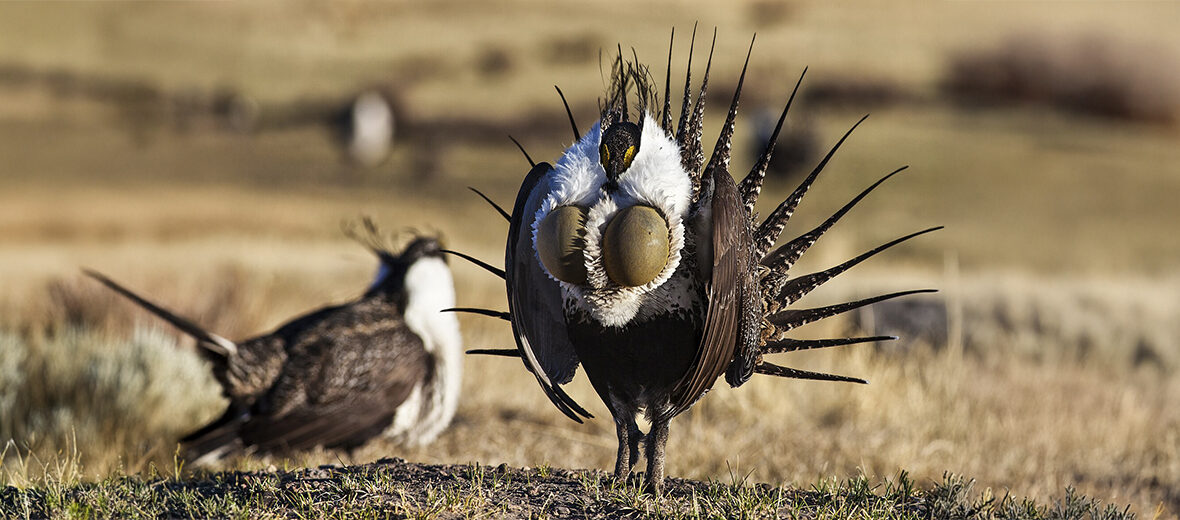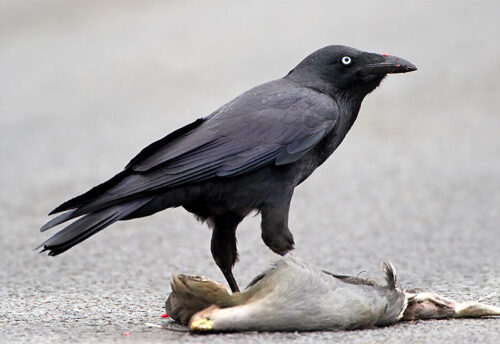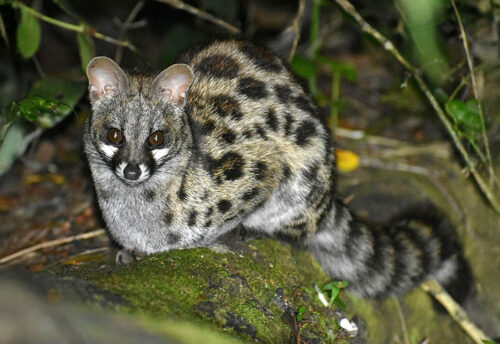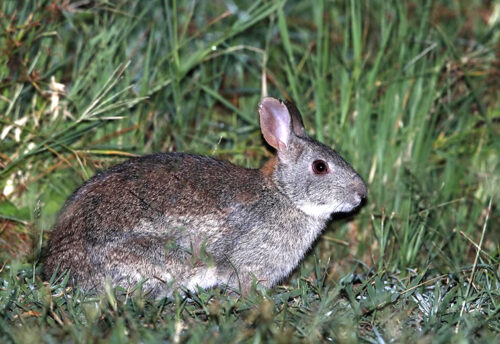
The greater sage-grouse, aka sagehen, is the largest grouse in North America. Their range extends from southern Alberta and Saskatchewan, Canada to western United States. They were known as just the sage grouse until the Gunnison sage-grouse was recognized as a separate species in 2000. The Mono Basin population of sage grouse might also be a distinct species. These birds face numerous threats such as habitat loss and destruction at the hands of farming, ranching, the timber industry, oil & gas mining, fires, and fire suppression methods; hunting; trapping; invasive species, that can cause predation; and pollution. The IUCN lists these birds as Near Threatened, and their populations are decreasing.
First the Stats…
Scientific name: Centrocercus urophasianus
Weight: Up to 7 lbs.
Length: Up to 30 inches
Wingspan: Up to 38 inches
Lifespan: Up to 9 years
Now on to the Facts!
1.) There are an estimated 200,000 wild specimens remaining.
2.) Sagebrush is feasted upon almost exclusively, with dandelion, legumes, wild lettuce, yarrow, goatsbeard, prickly lettuce, and sego lily following close behind, and up to 9% of their diet consists of insects. Herbaceous dicots (non-woody plants) are greatly relied upon just before egg laying.
3.) Juveniles primarily feast on insects such as ants and beetles. In a study conducted in Utah, forbs comprised up to 60% of the summer diet of juveniles, while the diet of adult birds was up to just 47% forbs.
4.) They obtain the majority of their water requirements from eating succulents, but will drink standing water if it is available.
5.) Coyotes, bobcats, falcons, hawks, ravens, red foxes, badgers, golden eagles, and feral cats all prey on either the adult or juvenile birds.
But wait, there’s more on the greater sage-grouse!
6.) Greater sage-grouse are known for their elaborate courtship rituals. Every spring, males congregate in leks (specific mating systems where males gather in a defined area) and perform an incredible strutting display for several hours.
7.) The dominant male positioned in the center of the lek typically copulates with up to 80% of the females on the lek.
Did you know…?
Cecil the Sagehen, is the mascot of the Pomona-Pitzer Sagehens, the joint athletics program of Pomona College and Pitzer College, 2 liberal arts colleges located in Claremont, California.
8.) Within a 7 – 10 days following breeding, the hens build a nest in the general vicinity of the lek. Hens typically nest near the lekking grounds, however some hens have been noted to fly as far as 20 miles to desired nesting sites.
9.) Females lay up to 8 eggs that hatch in up to 27 days.
10.) The chicks are hatched precocial (self sustaining) and can feed themselves. They fly by 2 weeks of age, and can sustain longer flights by 6 weeks old.
But wait, there’s still more on the greater sage-grouse!
11.) The presence of subfossil bones at Conkling Cave and Shelter Cave in southern New Mexico prove that these birds were present south of their current range at the end of the last ice age, causing some experts to believe that the species could become increasingly vulnerable as global climate change increases the humidity in semiarid regions.
12.) In the United States, the species was a candidate for listing under the Endangered Species Act, unfortunately the US Fish and Wildlife Service (USFWS) was forced by the Republican controlled US Congress to not grant endangered species status in September 2015.
13.) In 2013, the Canadian Governor in Council on behalf of the Minister of the Environment, under the Species at Risk Act, annexed an emergency order for the protection of these sage-grouse. This order, amongst other things, prohibits the killing of sagebrush plants, native grasses, or native forbs, and the construction of fences and other structures in designated areas.
Now a Short Greater Sage-Grouse Video!
Be sure to share & comment below! Also, check out the Critter Science YouTube channel. Videos added regularly!
Want to suggest a critter for me to write about? Let me know here.
Some source material acquired from: Wikipedia & IUCN
Photo credit: Bureau of Land Management




